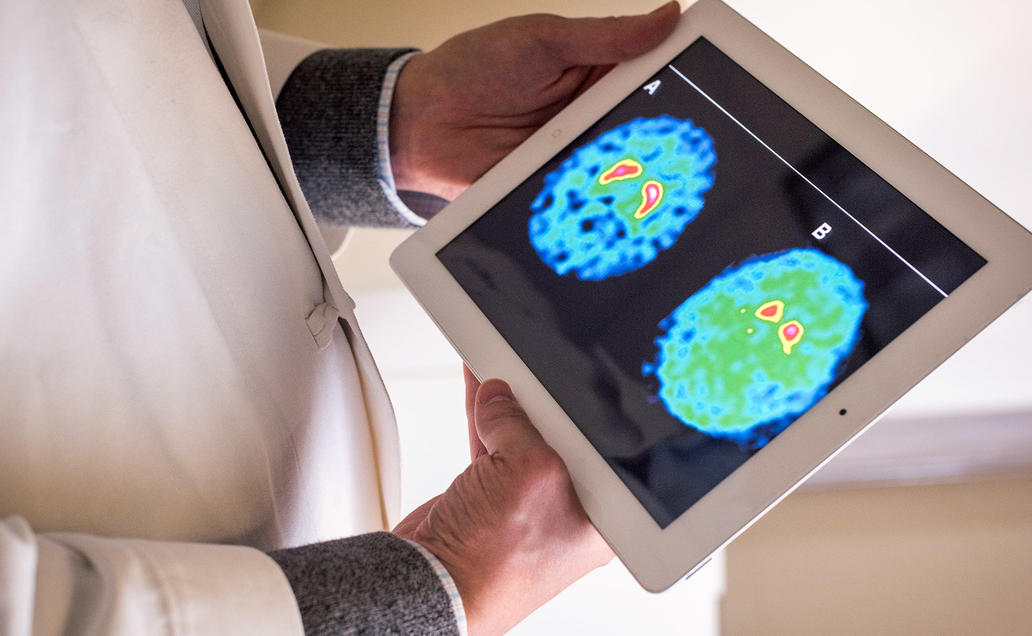
The Power of the Costello Neuro-Motor Blueprint: A Comprehensive Guide to Understanding What Your Body is Telling You!
At Neuro-Fit Systems, our mission is to go beyond symptom management and address the root causes of neurological challenges such as ADHD, anxiety, and sensory processing disorders. One of the most powerful tools in our approach is the Costello Neuro-Motor Blueprint (CNMB). This comprehensive assessment is designed to identify subtle neurological indicators, known as neurological soft signs, that may reveal underlying issues in brain-body communication.
In this blog post, we’ll dive into what the Costello Neuro-Motor Blueprint is, how it works, and why it’s a critical component of our Core Reset Solution. Understanding the CNMB can empower you or your child to achieve better neurological health and overall well-being.
What Is the Costello Neuro-Motor Blueprint?
A Comprehensive Assessment Tool
The Costello Neuro-Motor Blueprint is a detailed assessment tool developed by Dr. Jim Costello, founder of Neuro-Fit Systems. It’s designed to provide an in-depth understanding of how well the brain and body are communicating. Unlike traditional assessments that focus primarily on symptoms, the CNMB digs deeper to uncover the neurological soft signs that may be contributing to the challenges you or your child are facing.
Neurological soft signs are subtle, often overlooked indicators that suggest underlying issues in brain-body communication. These can include difficulties with coordination, balance, fine motor skills, posture, and even facial expressions. While these signs may seem minor, they can have a significant impact on daily functioning and overall neurological health.
The Role of Neurological Soft Signs
Neurological soft signs play a crucial role in the CNMB. These signs are subtle, yet telling, clues about the state of your nervous system. For example, a child who has trouble maintaining balance or displays unusual postures might be showing early signs of neurological disorganization. Similarly, an adult who experiences frequent clumsiness or has difficulty with fine motor tasks might be dealing with underlying brain-body communication issues.
Identifying these neurological soft signs allows us to take a more proactive and personalized approach to treatment. By understanding where these signs are present, we can create a targeted plan that addresses the root causes of the challenges, rather than just managing symptoms.
How the Costello Neuro-Motor Blueprint Works
The Assessment Process
The CNMB begins with a thorough assessment that includes a series of evaluations designed to measure various aspects of brain-body communication. These evaluations are carefully crafted to detect neurological soft signs that might otherwise go unnoticed in a standard neurological exam.
During the assessment, we observe and measure several key factors:
- Coordination and Motor Skills: We assess how well you or your child can perform tasks that require coordination and fine motor skills. This might include activities like catching a ball, threading a needle, or walking in a straight line.
- Balance and Posture: We evaluate balance and posture, looking for any signs of instability or unusual body positions. These can be indicators of neurological disorganization that may affect overall functioning.
- Facial Expressions and Symmetry: We observe facial expressions and symmetry, as imbalances in these areas can reveal underlying issues with brain-body communication. For example, an asymmetrical smile or a drooping eyelid might be a soft sign of neurological imbalance.
- Sensory Processing: We also assess how well the brain processes sensory information. This includes evaluating responses to visual, auditory, and tactile stimuli. Disruptions in sensory processing can lead to challenges in how you or your child perceives and interacts with the world.
Scoring and Interpretation
Once the assessment is complete, we analyze the results to create a detailed Neuro-Motor Blueprint. This blueprint provides a clear, comprehensive picture of where neurological soft signs are present and how they might be impacting daily life. Each aspect of the assessment is scored, allowing us to quantify the severity of the neurological soft signs and prioritize areas for intervention.
The CNMB is not just about identifying problems—it’s about understanding the underlying causes of these issues so that we can create a targeted, effective treatment plan. The detailed blueprint serves as the foundation for the personalized Core Reset Solution that follows.
How the Costello Neuro-Motor Blueprint Leads to a Personalized Treatment Plan
Targeted Intervention Based on the Blueprint
The Costello Neuro-Motor Blueprint is not just an assessment tool; it’s a roadmap for creating a personalized treatment plan that addresses the specific needs identified during the assessment. The CNMB allows us to develop a Core Reset Solution that is precisely tailored to you or your child’s unique neurological profile.
For example, if the CNMB reveals difficulties with coordination and balance, your treatment plan might include targeted exercises designed to improve motor skills and stabilize posture. If sensory processing issues are identified, we’ll incorporate strategies to enhance sensory integration and reduce overwhelm.
Integrating the CNMB with the Core Reset Solution
The Core Reset Solution, which is built on the foundation of the CNMB, is structured around three key stages: Foundation, Fortify, and Fine-Tune. Each stage is designed to address the specific challenges identified in your Neuro-Motor Blueprint.
- Foundation: This stage focuses on building the core brain-body connections that are essential for all neurological functioning. By addressing the foundational issues revealed in the CNMB, we ensure that the brain has a stable base upon which to build more complex skills.
- Fortify: In this stage, we strengthen the neural pathways that are critical for processing sensory input, managing emotions, and performing cognitive tasks. The CNMB helps us identify which pathways need the most support, allowing us to target our interventions effectively.
- Fine-Tune: The final stage is all about optimizing brain-body communication. Here, we refine and perfect the skills developed in the previous stages, ensuring that the improvements are not just temporary but lasting. The CNMB helps guide this process by highlighting the areas that need the most fine-tuning.
Continuous Monitoring and Support
As with the Neuro-Fit Score, the CNMB is not a static assessment. Throughout the Core Reset Solution, we continuously monitor your progress and make adjustments to your treatment plan as needed. Regular reassessments allow us to track improvements, re-evaluate neurological soft signs, and ensure that you’re always moving in the right direction.
The Transformative Power of the Costello Neuro-Motor Blueprint
The Costello Neuro-Motor Blueprint is a cornerstone of our approach at Neuro-Fit Systems. By providing a detailed understanding of how well your brain and body are communicating, the CNMB allows us to create a treatment plan that is truly personalized and effective.
By addressing the root causes of neurological challenges through the CNMB and the Core Reset Solution, we can help you or your child achieve better focus, emotional regulation, sensory processing, and overall well-being. This is not just about managing symptoms—it’s about creating lasting change.
If you’re ready to take the first step toward a healthier, more balanced life, start with the Neuro-Fit Score assessment today. Understanding your unique neurological profile is the key to unlocking your full potential.
